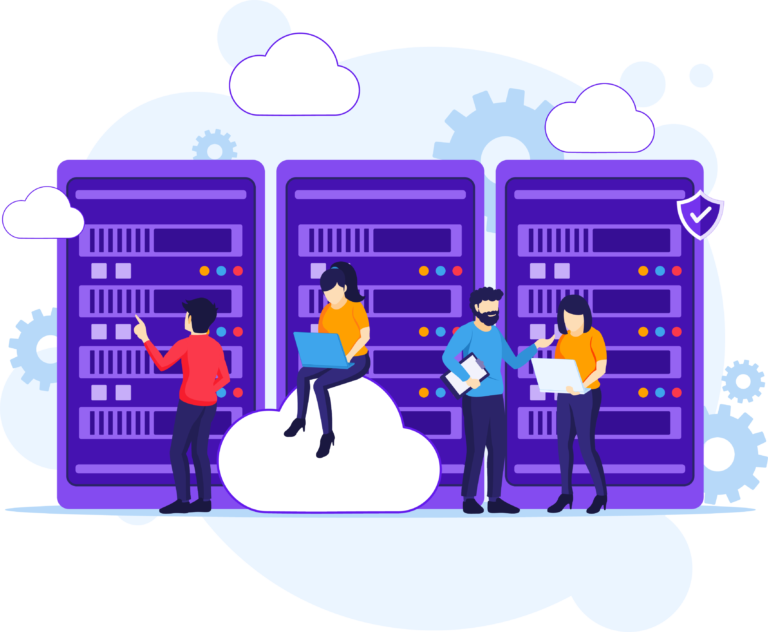Microsoft Cloud Solutions
Top Microsoft Partner with more than 500 completed federal government and commercial engagements. TechTrend is the place to go when you need to procure Microsoft Cloud Services and cloud-related professional services. Our experts can create a scalable environment designed exclusively for your application stack. As a trusted Microsoft Gold level partner, we offer the entire suite of Microsoft cloud offerings.

Powerful & Proven Microsoft Solutions
Design, Architect
& Integrate
Our experts design, architect and integrate Azure Cloud Services for your application hosting requirements. Whether you need to shutdown on-premises data center and rehost your applications to the Cloud or develop cloud native applications, consult our expert to get the most out of your investment.
Microsoft
Azure Services
We enable commercial and government organizations to procure infrastructure as a service (IaaS), platform as a service (PaaS), or software as a service (SaaS) cloud deployment models. Our experts guide your organization through Azure cloud environments including Azure Global, Azure Government Community Cloud (IL4, IL5), and Azure Secret (IL6).
Microsoft
Power Platform
Microsoft Power Platform is a a low-code, no-code platform for rapid application development. Our Microsoft Power Platform developers have the expertise to plan, design, develop, test, and implement your organization's applications. We can also help you manage and provision your Microsoft Power Platform licenses. Partner with us to develop, secure, architect, and manage your low-code applications.
Microsoft
Office
TechTrend is authorized to resell 10,000+ Office 365 solutions. We can provide enterprise, business, or government community cloud (GCC & GCC High) licenses to your organization. Not sure where to start or confused about licenses? Let our experts help you manage and provision your Office 365 licenses.
Microsoft
Dynamics
Microsoft Dynamics 365 offers your organization a way to connect your business with your customers. Microsoft Dynamics offers solutions for customer data, customer service, sales, marketing, human resources, supply chain, commerce, finance, project management, and small businesses. Discover more about your customers when you leverage our Microsoft Dynamics expertise.
GitHub
Enterprise
GitHub Enterprise is a source code management solution for developers and project managers. GitHub Enterprise provides organizations and teams enterprise-grade collaboration, security, and administration. TechTrend uses GitHub Enterprise to plan and develop their applications using automations, workflows, best practices, and support.

